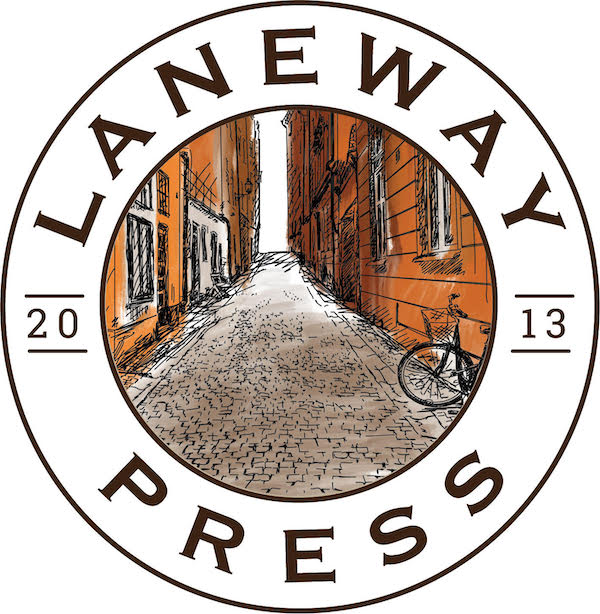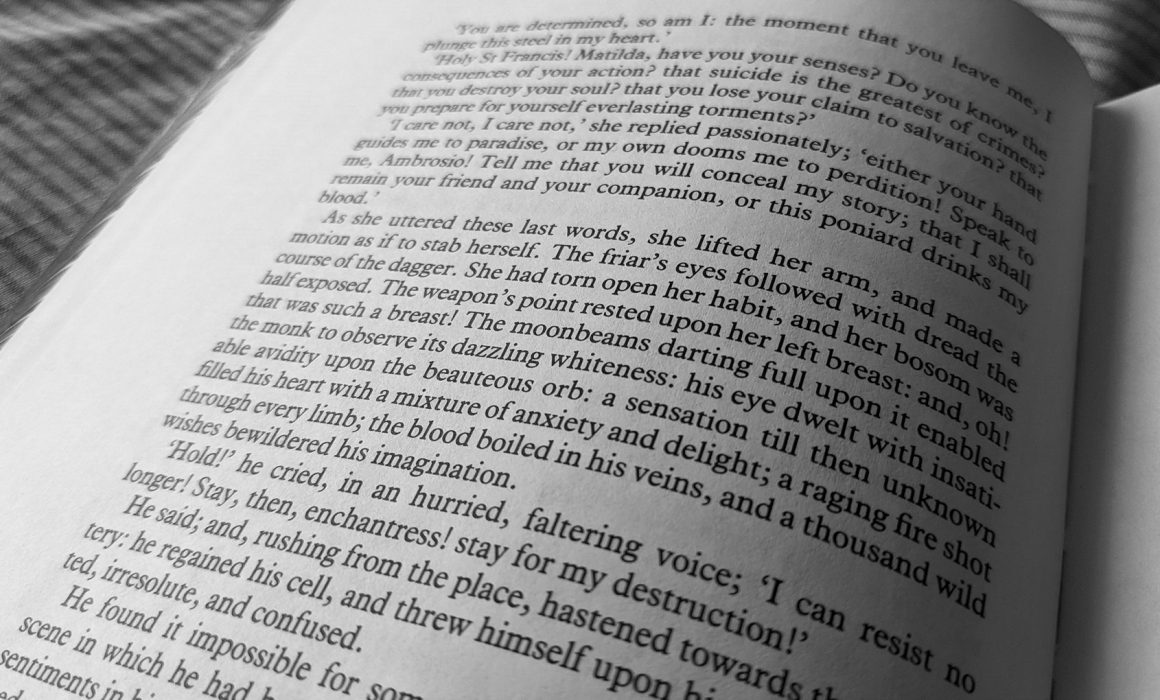Writing women (and how not to)
Two decades into the new millennium and men still struggle with writing women. From your classic meme style ‘she breasted boobily down the stairs’ objectification and ‘she can’t have children’ tragedy arc, to women who simply have the depth and complexity of a sea sponge, many men, it seems, struggle to figure out how to write women with the same respect and care that they give their roguishly handsome (male) main characters.
Excerpts from (mostly Stephen King) books can be found plastered across the internet, and reddit’s r/menwritingwomen is a treasure trove of terrible writing, some examples of which are ridiculous to the point of hilarity.
So men, it’s time to learn how to write women well. To get you started here are 10 tips to keep in mind when your scantily clad femme fatale is about to enter the story.
1. Your new mantra when writing women: Women are people too
Write your female characters with the same depth and complexity as you would write your male characters. The first step to avoiding lines like ‘Her breasts, of which she was normally proud, had withdrawn into themselves, as if depressed’ (The Marriage Plot Jeffrey Eugenides) is to remember that women are people with rich internal lives.
2. The quintessential Strong Female Character isn’t good enough
‘Strong’ doesn’t mean ‘interesting’, and it certainly doesn’t always mean realistic. Just because your token female character carries a gun or wields a sword, doesn’t mean we don’t see that you haven’t taken our first tip into account. Ok so she can fight, but does she have motive? Internal moral conflict? A family, friends, people she cares about? If you want to write strong female characters, then write interesting female characters, and remember that there are more kinds of strength than the ability to fight or endure trauma.
3. Read your work with a critical eye
Read back your descriptions of your female characters’ bodies and clothes. If it’s 10 degrees outside she’s probably not going to be wearing a mini skirt. If she’s a warrior who is in close combat with people who have sharp knives intended to kill or maim her, then why does she have so much skin exposed? (Note that this is particularly prevalent in genre fiction and comic book character designs). Is it necessary that she has huge breasts, and is it necessary that you talk about her breasts (or tiny waist or long legs etc.) every time she’s in a scene? If your descriptions focus more on her age, body, beauty (or lack thereof) than her purpose as a character in the text then try revising your work.
4. Read your work with a critical eye (part 2)
While reading back your work, ask yourself if your female character’s presence in the story actually enhances the story or moves the plot forward. What is the purpose of her inclusion in the story? Is it for brownie points, to say your mostly male cast actually is diverse because it includes a female character? Or worse, as in Murakami’s Pinball, is she really only there for your intellectual/existential sadboy character to sleep with? If so, consider revising your work (or in the case of the latter, throwing the whole thing out and starting over).
5. Bodies just don’t work like that
Do some basic research on how anatomy works. If her nipples harden in fear, or her breasts otherwise physically respond in strange ways to her emotions (and neither she nor the narrator are on psychedelic drugs) she’s probably not a human woman and you need to account for that in your writing. To put it in perspective; if it’s a weird thing to write about men’s nipples, it’s a weird thing to write about women’s nipples.
6. But there’s a central romance plot, can’t my characters be hot?
Now that we’ve discussed objectification, it should be pointed out that you can write sexy women without objectifying them. A common misconception seems to be that women who call out objectification in media don’t ever want to see female characters who have sex appeal. This is not the case! You can write sexy women! The problem arises when all they are is ‘sexy’ and when their sex appeal comes from nothing more than huge knockers, long legs, and a sultry gaze (refer back to point number 1. Write women with depth and complexity!).
7. Writing women starts with reading women
Read women. Seriously, do it. There are endless great books written by women. Compare female characters written by women to male authors writing women, and then to your own work. Take notice of how women write women as complex, fleshed out characters. Read women and books written by women, so that you can start to write them as realistic fleshed out characters too. I promise it won’t hurt you to read some Jane Austen, and you may end up finding your next favourite author. (Check out our blog on diverse book recommendations: reading women and LGBT authors)
8. Read men who did it right
There are, believe it or not, good examples of men writing women. While women have the advantage of … well … being women, it’s worth reading examples of male authors who have written interesting, complex, well thought out female characters. Examples to get you started include Terry Pratchett’s Monstrous Regiment, Trent Dalton’s All Our Shimmering Skies and Leo Tolstoy’s Anna Karenina.
9. Feedback is a writer’s best friend
Ask a woman to read your work. Getting outside feedback on your writing is always helpful, and asking a trusted female friend to tell you what she thinks and pinpoint areas for improvement in how you’re writing women is one way of getting advice without fear of judgement. If you’re here reading this blog then clearly you want to get better at writing women, and women will want to help you with that.
10. Keep writing women, even if you know you’re bad at it
Don’t be discouraged, and don’t give up on writing women. Even the most well-intentioned men accidentally say, do, and write things that fall flat but the point is to keep learning and trying to do better. Just like writing as a craft in general, writing women can take practice, discipline and intention.

